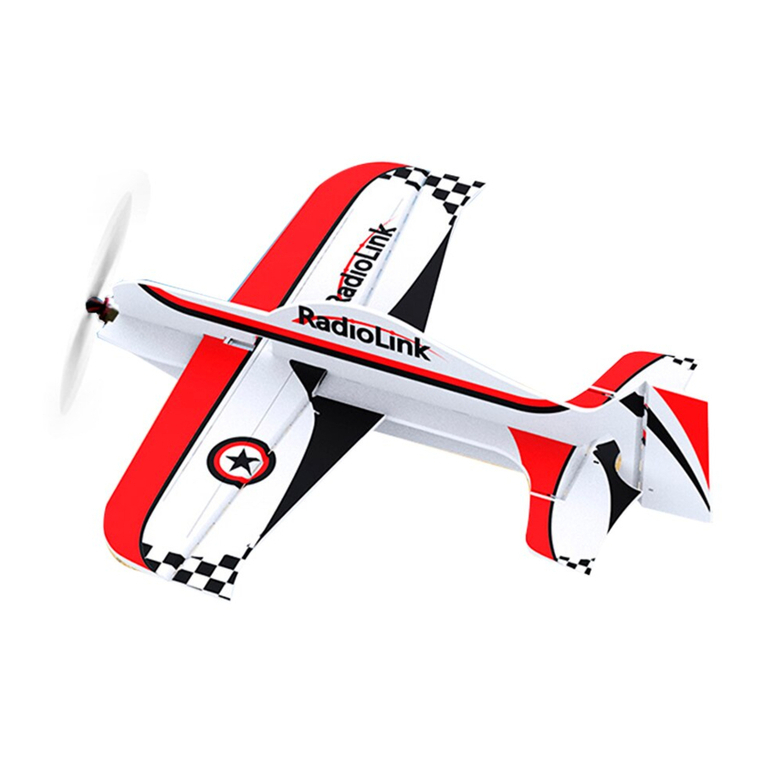
RadioLink Electronic Ltd
www.radiolink.com
1
A560(RTF) CONTENTS
Disclaimer and Warning ............................................................................................................. 3
Packing List ................................................................................................................................ 4
Chapter 1 General Introduction .................................................................................................. 5
1.1 Motion Principle of Fixed Wing ..................................................................................... 5
1.1.1 Aileron ................................................................................................................ 5
1.1.2 Elevator Servo/Horizontal Tail ............................................................................5
1.1.3 Rudder Servo/Vertical Tail ................................................................................. 5
1.1.4 Drive Principle .................................................................................................... 6
1.2 A560 Units .....................................................................................................................6
1.3 Usage of A560 Units ..................................................................................................... 7
1.3.1 Notice for Use .....................................................................................................7
1.3.2 Transmitter & Receiver ...................................................................................... 7
1.3.3 Flight Controller Byme-A .................................................................................... 8
1.3.4 Motor .................................................................................................................. 8
1.3.5 ESC .................................................................................................................... 9
1.3.6 Servo .................................................................................................................. 9
1.3.7 Propeller ............................................................................................................. 9
1.3.8 Battery .............................................................................................................. 10
1.3.9 Charger ............................................................................................................ 10
Chapter 2 A560 Assembly ........................................................................................................11
Chapter 3 Flight Mode .............................................................................................................. 11
3.1 Flight Mode Setting ..................................................................................................... 11
3.2 Five Flight Modes ........................................................................................................12
3.2.1 Vertical Mode ................................................................................................... 12
3.2.2 Stabilize Mode ..................................................................................................14
3.2.3 Gyro Mode ........................................................................................................15
3.2.4 Acrobat Mode ................................................................................................... 16
3.2.5 Manual Mode ....................................................................................................16
Chapter 4 Flight Precautions ....................................................................................................16
Chapter 5 Servo Phase ............................................................................................................ 17
5.1 Transmitter Phase .......................................................................................................17
5.1.1 Transmitter Phase Setup ................................................................................. 17
5.1.2 Transmitter Phase Test ....................................................................................17
5.1.3 Transmitter Phase Adjustment .........................................................................19
5.2 Flight Controller Phase ............................................................................................... 20
5.2.1 Flight Controller Phase Test .............................................................................20
5.2.2 Flight Controller Phase Adjustment ................................................................. 21
Chapter 6 Flight Controller Calibration ..................................................................................... 22
6.1 Power-on Calibration .................................................................................................. 22
6.2 Attitude Calibration ......................................................................................................22































